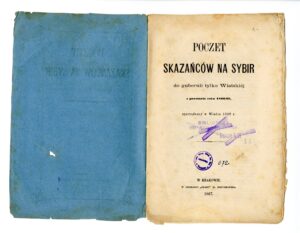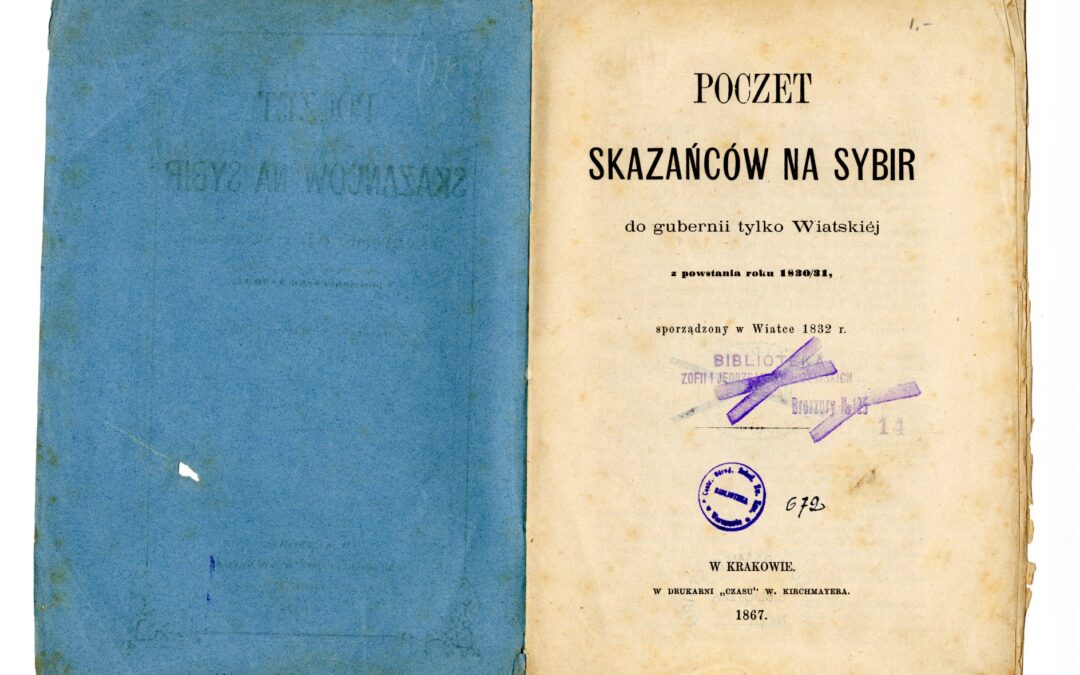 “Poles! The hour of vengeance has come. Today die or prevail! Let us go, and let your breasts be Thermopylae for your enemies!”. This is how Piotr Wysocki addressed his fellow cadets, calling on them to take up arms and liberate the Republic from the tsarist rule.
“Poles! The hour of vengeance has come. Today die or prevail! Let us go, and let your breasts be Thermopylae for your enemies!”. This is how Piotr Wysocki addressed his fellow cadets, calling on them to take up arms and liberate the Republic from the tsarist rule.
With this speech, delivered on the evening of 29 November 1830, another Polish struggle for freedom began after the Bar Confederation and Kościuszko Insurrection. Although it lasted almost a year and covered not only the territory of the Kingdom of Poland but also the lands of the Grand Duchy of Lithuania (annexed to Russia), the uprising suffered defeat. Apart from some 40,000 dead and wounded, tens of thousands of Polish soldiers were conscripted into the tsarist army and sent deep into Russia – to Sybir – for many years.
Among other things, this was a way of trying to Russify the Kresy (Poland’s Eastern Borderlands). Even children were conscripted and subjected to Russification. After serving at least 15 years, most soldiers had no money to return home and stayed in Russia forever. Piotr Wysocki, although sentenced to death twice and subjected to torture, survived a quarter of a century there and managed to return. He died on his native soil.
Photo: Book Poczet skazańców na Sybir do guberni tylko wiatskiej [A Roster of Prisoners sentenced to Sybir in the Vyatka Governorate only], Kraków 1867. From the Sybir Memorial Museum collection.




